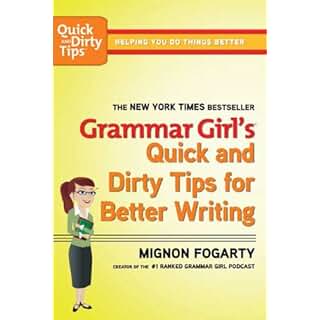 One would think with years of education stored in my brain I would have conquered sentence structure and those damnable commas – I haven’t. If you’ve been following my blog, you may remember I wrote about this some time ago in Confessions of a Comma Whore.
One would think with years of education stored in my brain I would have conquered sentence structure and those damnable commas – I haven’t. If you’ve been following my blog, you may remember I wrote about this some time ago in Confessions of a Comma Whore.
Recently, I had the opportunity for an editor to review the first chapter of my novel. I was pleased with his comments and surprised to see only a few red marks on the pages.
Here’s some of what he had to say:
“You need to review participial phrases, which is quite a common mistake. Additionally, I recommend learning about restrictive VS nonrestrictive phrases, which will help you better place a few troublesome commas.”
Well, Hells Bells! It looks as if those damn commas will haunt me till I die. Thank God for editors. Forgive me if I’m insulting anyone’s intelligence but I thought I’d review these “quite common mistake’s.”
Participial Phrases
A participle is a verb used as an adjective, and they end in – ing, d, t, or n.
An example: Barking dogs (Bark = verb)
A participial phrase is a group of words containing the participle and any complements or modifiers.
 Thanks to Grammar Revolution, here’s how a participle phrase looks diagrammed:
Thanks to Grammar Revolution, here’s how a participle phrase looks diagrammed:
Restrictive versus Nonrestrictive Clauses
A restrictive clause is part of a sentence that explicitly restricts the noun.
Dogs that jump on people annoy me.
The words “that jump on people” restrict the kind of dogs I find annoying. Restrictive clauses do not require commas.
A nonrestrictive clause provides additional information but when left out doesn’t change the meaning of the sentence.
My, fluffy white, Bichon Frisé is a lap dog.
Removing the words “fluffy white” doesn’t alter the meaning of the sentence. It just provides more information. Non-restrictive clauses require commas.
I did well in college. English was one of my favorite subjects. The fact that commas remain my nemesis can only be explained in one of two ways – This Southern gal likes to write the way she talks, or my brain cells just aren’t what they used to be.
Many thanks to James from Storymedic for his feedback and encouragement.
“… very minor corrections. I could immediately tell that you possess a more developed craft, well beyond average.”
Want to know more about those pesky participles and clauses? Check out these resources:
- Grammar Revolution (Diagram it)
- Grammar Girl: Quick and Dirty Tips
- The Elements of Style by Strunk and White
- English Plus
- Purdue Owl Online Writing Lab
- The Grammarly Handbook
Do you still struggle with certain grammar issues? I’d love to hear your comments. Talk to me. Tell me your story and look for me on Facebook at SheilaMGood, Pinterest, Bloglovin, Twitter@sheilamgood, Contently, and Instagram.



